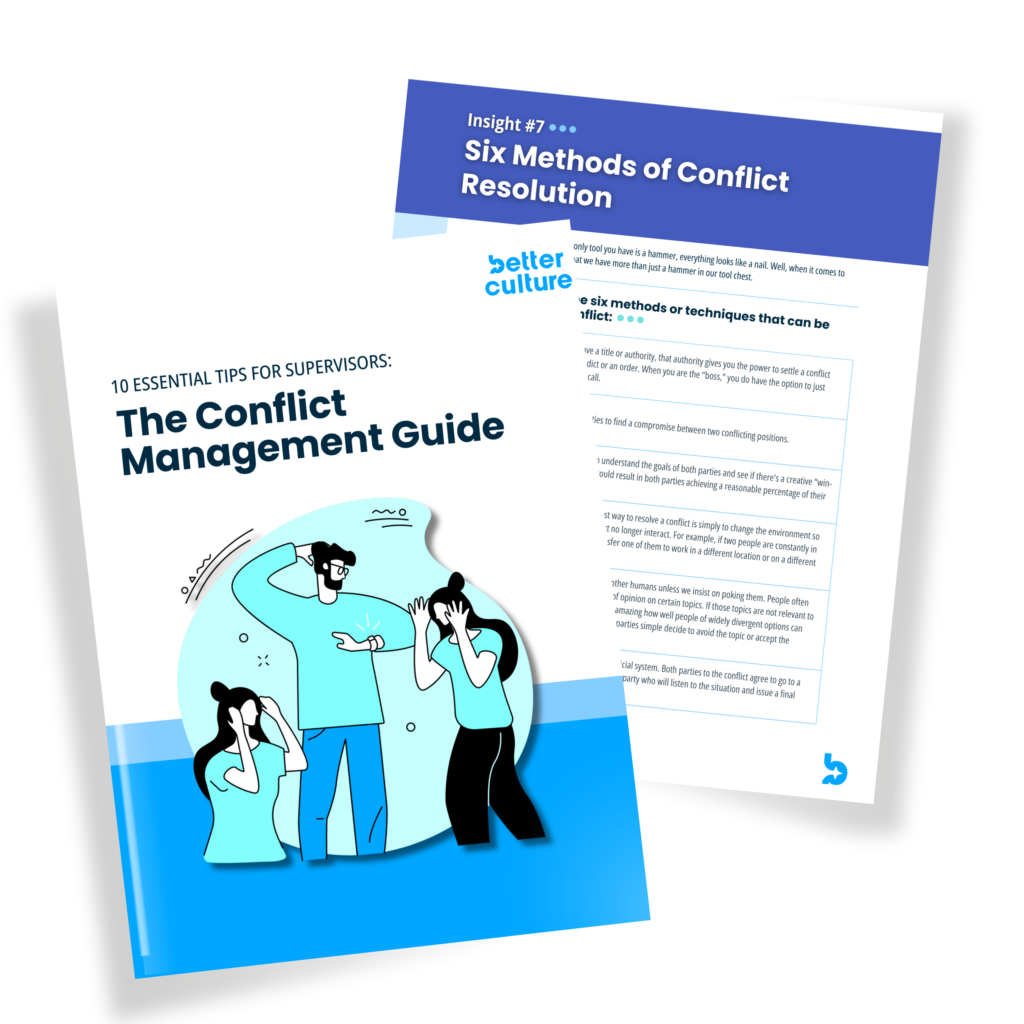Few would disagree that outstanding teamwork can make a significant contribution to the success of any enterprise. The challenge is getting a clear vision of what we mean by “outstanding teamwork.”
Andrew Carnegie defined teamwork as the ability to work together toward a common vision. He identified this as “the fuel that allows common people to attain uncommon results.” A nice, and perhaps even wise, sentiment, but it still doesn’t do much to help us define what we’re talking about when we say, “outstanding teamwork.”
At BetterCulture we’ve had the opportunity to both work with high performing teams and provide some remediation to teams that were struggling. From that experience we have developed a list of seven things that we have found to characterize teams that function at an unusually high level within a work setting.
Restlessness:
We don’t want to walk into a team setting where we sense irritation and impatience, but we do want to sense energy and eagerness for forward motion. A team that is apathetic and lethargic is obviously a huge problem – one that usually necessitates some new folks sitting in at least some of the chairs. But a team that is too comfortable and satisfied can also be a bad indicator. We want to sense some excitement and drive to continue exceptional performance or enhance the team’s collective level of achievement.
Self-Policing:
Outstanding teams are comprised of individuals who not only hold themselves to high standards but will also be willing to help hold their colleagues to those standards as well. BetterCulture refers to these exceptional teams as being self-policing.
On less effective teams, all policing chores are left to the executive who is tasked with leading the team. So, let’s say Bill is in charge of the team and Margaret is a problematic team member. On a lousy team, Bill will need to deal with Margaret while the other team members remain passively uninvolved. On a strong team, individual members will encourage Margret to meet reasonable standards, and will always step up to openly back Bill when he takes steps to address Margret the miscreant.
Embrace Intellectual Conflict:
We have long loved this quote from Oliver Wendell Holmes: “Many ideas grow better when transplanted into another mind than the one where they sprang up.” What we want to see on a team is a determination to find the best possible option when tackling any decision-making process. To reach that goal, we must be willing (and even eager) to smack an idea around, challenge one another’s thinking, and embrace intellectual conflict without fear that someone in the room will convert that intellectual disagreement into dreaded, culture-killing, personal conflict.
Adam Grant nailed this goal when he said, “Decency is avoiding disrespect, not avoiding disagreement. Integrity is trying to get it right, not being right.”
Appreciate One Another:
Great teams are made up of outstanding individuals. That is an important part of what makes them an effective team. But the impact of that component (i.e., having great talent in the room) is compounded when the individual members of the team make it a common practice to recognize and celebrate the talent of their colleagues. In BetterCulture terms, we want them to revel in the talent of their teammates. And we don’t want them to just keep that admiration to themselves. Within the team, there should be what we term a high positive feedback ratio, meaning that each team member more frequently gives praise to a colleague than they do criticism. And outside the team, each team member should be a frequent PR agent for their colleagues, letting others know just how great their teammates are.
Bottom line: on great teams (a) the individual team members know they are appreciated by their colleagues and (b) outsiders have a positive impression of the individuals who make up the team.
Address Unspeakables:
Because we are dealing with humans, it is inevitable that there will be interactions that result in a team member feeling one of these three emotions: fear, anger, or hurt. Now on good teams, this does not happen frequently, but nonetheless it will still occur. On outstanding teams there is an expectation that when such an interaction occurs, the two individuals involved will take steps to improve, and perhaps even resolve, the consequences of the interaction.
At BetterCulture we refer to this as dealing with “unspeakables.” We use the term unspeakable because these situations all too often go unaddressed, resulting in a lingering, strained relationship between the two parties that affects their ability to have open and constructive communication going forward. And a nasty unspeakable between just two members of a team can sometimes clog up the entire team dynamic, with others feeling pressure to navigate an interpersonal minefield instead of being able to comfortably speak and exchange ideas within the team.
At BetterCulture, we train individuals on how to address unspeakables. It starts with someone having the courage to go to the other party and let them know that their relationship is important to them. Step two is to acknowledge that something was said or done that has resulted in one or both feeling fear, anger, or hurt, and that they would appreciate the opportunity to see if they could try and improve it by open discussion.
Show Up:
Every team looks pretty darn good when it’s smooth sailing. We find out how good a team is when either an individual member of the team is facing a personal challenge, or the collective team is confronting an exceptionally difficult business situation.
The thing to look for with respect to the quality of your team is simple in either of those situations: do individual members of the team show up.
When another team member is facing a personal challenge, are their colleagues there to pick up the slack for them? Do they do so begrudgingly or willingly?
When something has gone awry that is a problem for the entire team, do all team members show up at those critical times? When they do arrive, do they come in asking, “Who the heck made this screw up?” Or do they show up asking a very different question, “What can I do right now to help?”
A Final Thought:
Your odds of being able to form and lead a high functioning team are significantly improved when you have a clear vision of the team dynamics you want to protect. Seldom is a team a finished product.
We could add many things to the list above, but they’re a darn good start. We would suggest that you share these expectations with your team members, and then encourage them to hold one another accountable to live up to these expectations. The result will be more effective (winning!) performance and a more enjoyable experience for every person lucky enough to be on such a team.
Finally, you can strengthen a team over time by making use of well-designed team activities and exercises. To supercharge your team-building efforts, we invite you to explore BetterCulture’s Team-Building Toolkit. It’s a terrific culture-building resource and that offers a wide array of good ideas and activities that can be another potent arrow in your quiver to spark collaboration, build trust, and significantly elevate your team’s performance!



